Paddlefin Wrasse
$44.99
-
Select Variant
The Paddlefin is known as the Rainbow and Cortez Rainbow Wrasse. When they are young, they're mostly black, with a yellow and pink belly. As they become adults, their coloring changes to a variety of hues. The body is transformed into an orange-red hue, while the fins and the head turn from green to blue in hue. The most attractive feature of the adult fish is a yellow band close to the head. They are among the smallest of wrasses in the genus and are an excellent addition to a saltwater-only aquarium.
It is recommended to keep it in a 75-gallon or larger tank, with plenty of rocks for hiding. It is territorial and will berate any new members to the community. Therefore it should remain the only fish introduced into the group. It is possible to keep it together with a partner if the aquarium is 125 gallons or more. It is known to eat crustaceans, bristleworms, and mantis shrimp. It doesn't consume live corals or plants.
The Paddlefin Wrasse diet should consist of mysis shrimp with vitamin-enriched brine shrimp frozen, and other meaty food items, in addition to the highest quality marine flake and food made from marine pellets.
Approximate Purchase Size: Small: 1-1/2" to 3"; Medium: 3" to 4"; Large: 4" to 6"
- Description
- Additional Information
- Reviews
General information regarding Paddlefin Wrasse
The Paddlefin Worasse when young is dark black with a pink and yellow belly. When they turn adult, their coloring reveals a variety of shades. The body is transformed into a reddish hue, and the fins and the area around the head turn from green to blue in hue. The most attractive feature of an adult fish is a vibrant yellow band just below the head. This is one of the smallest wrasses in the genus. They are an excellent addition to a saltwater-only aquarium. It is best to keep it in a large or medium aquarium, with bigger, aggressive tank mates and plenty of rocks to hide in. It can become territorial and berate any new members of the group, so it should be the last fish to be added to the aquarium. It could devour bristle worms or mantis shrimp. It doesn't consume live corals or plants.
size
Large, Medium, Small
Units
1
Weight
6 lbs
Dimensions
1 × 1 × 1 in


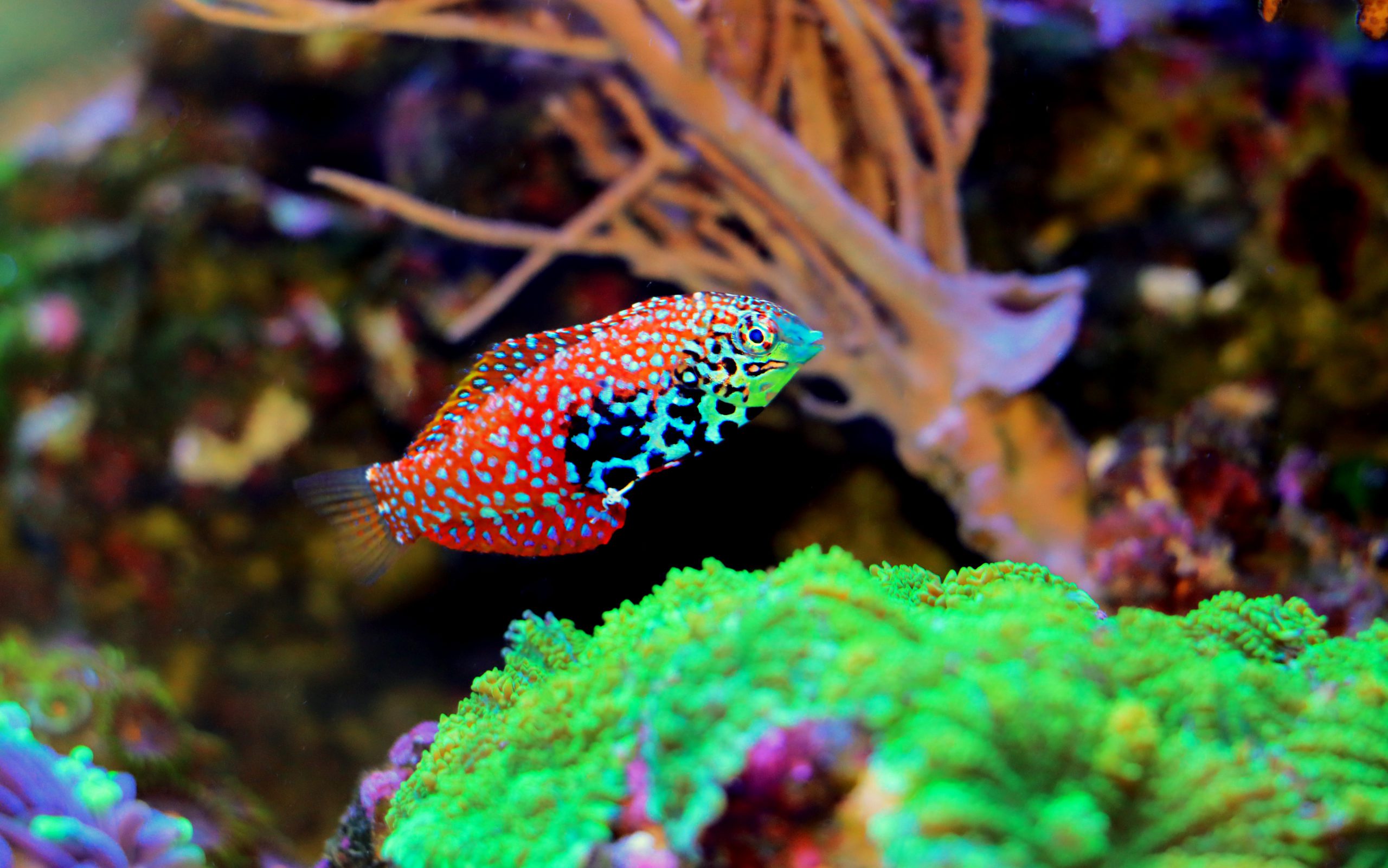
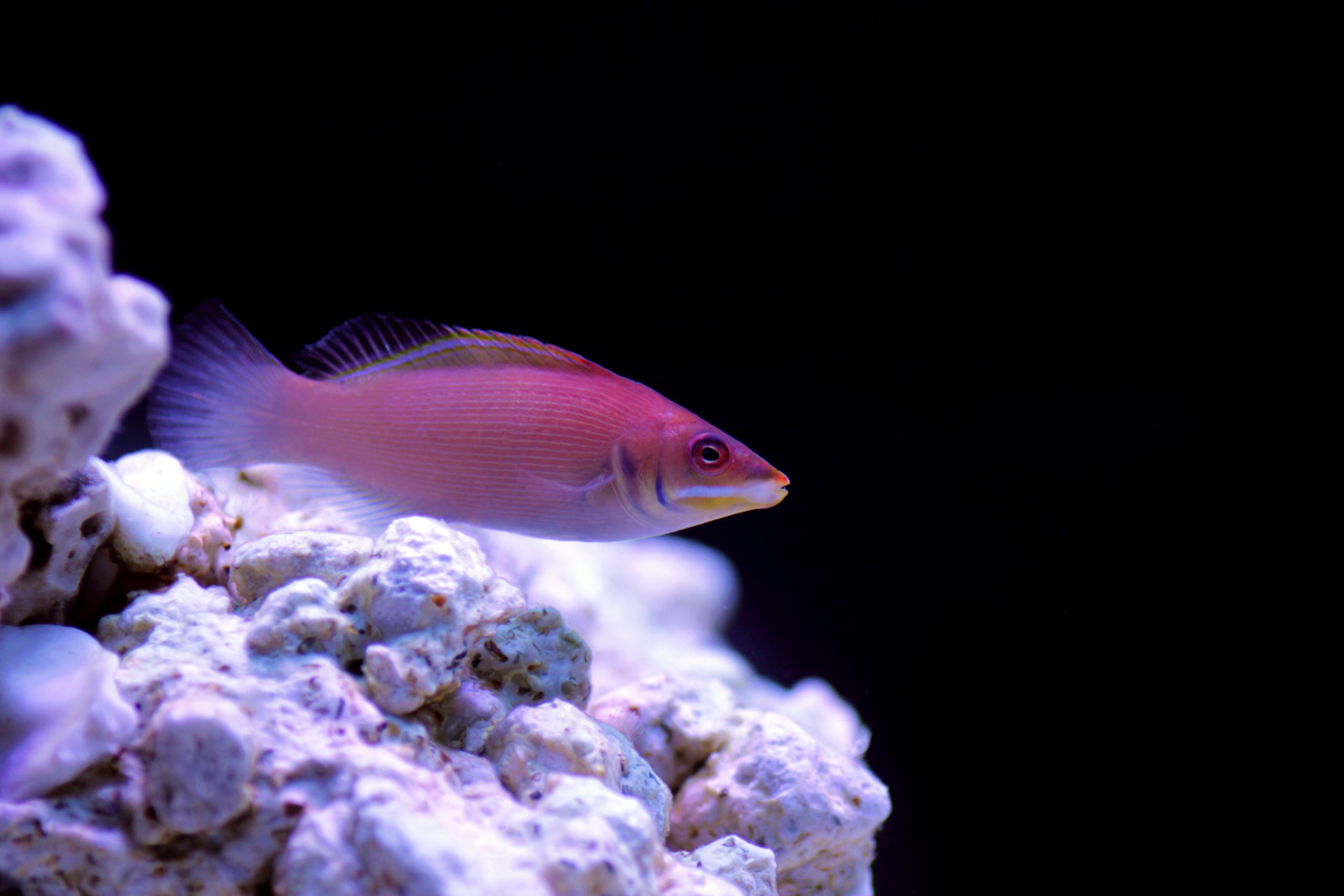
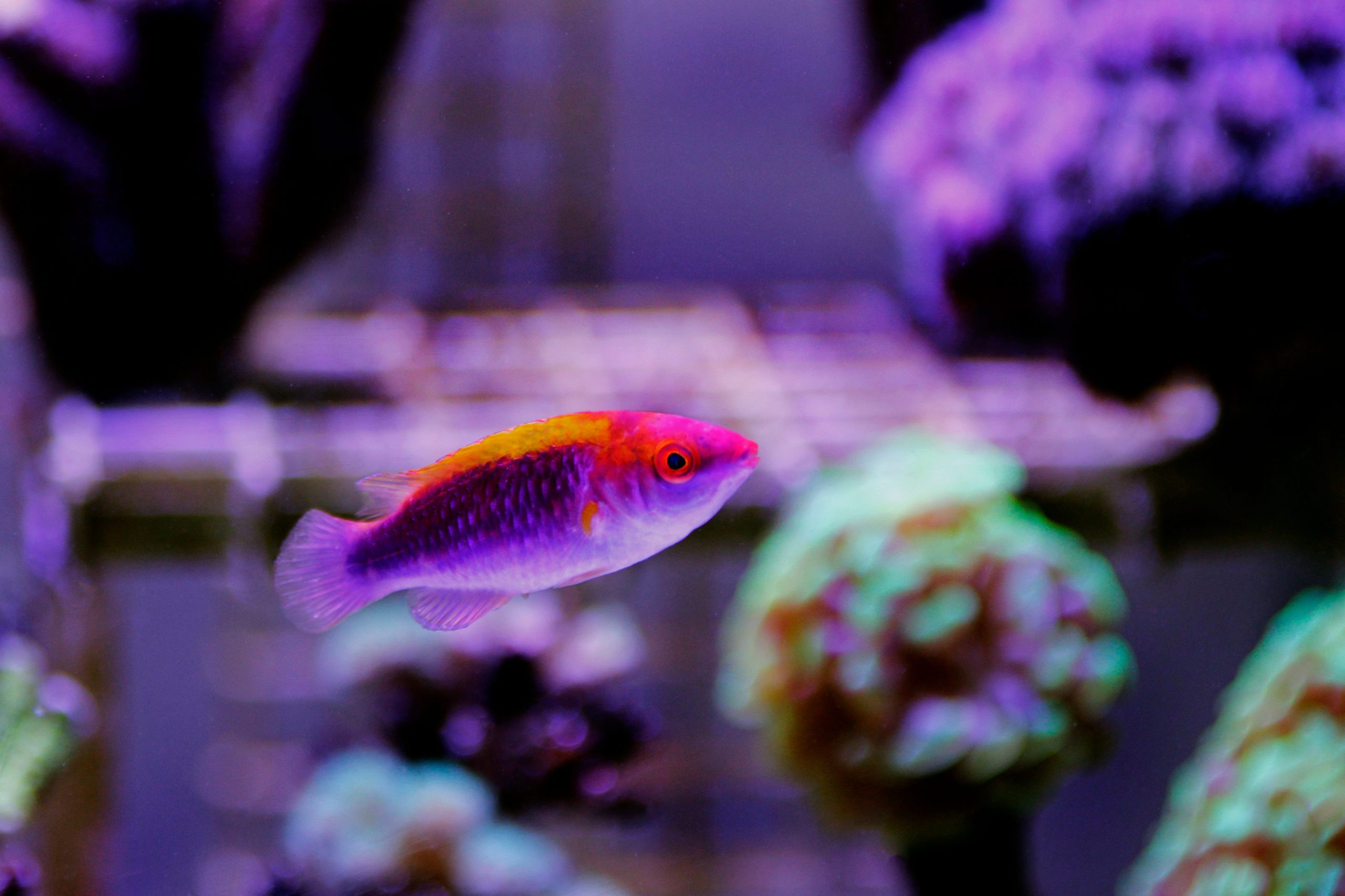
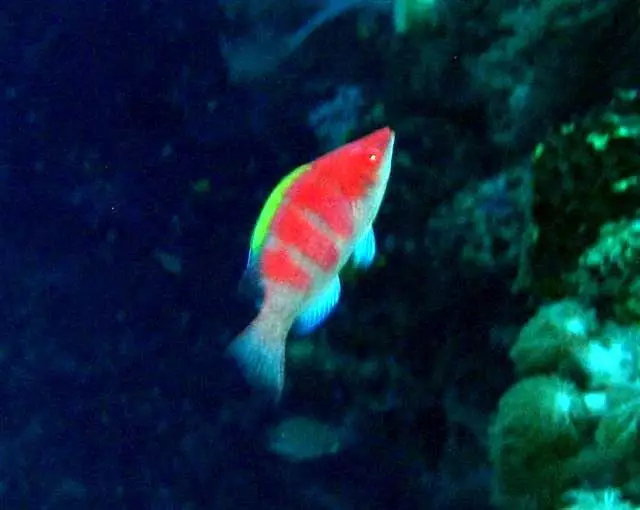
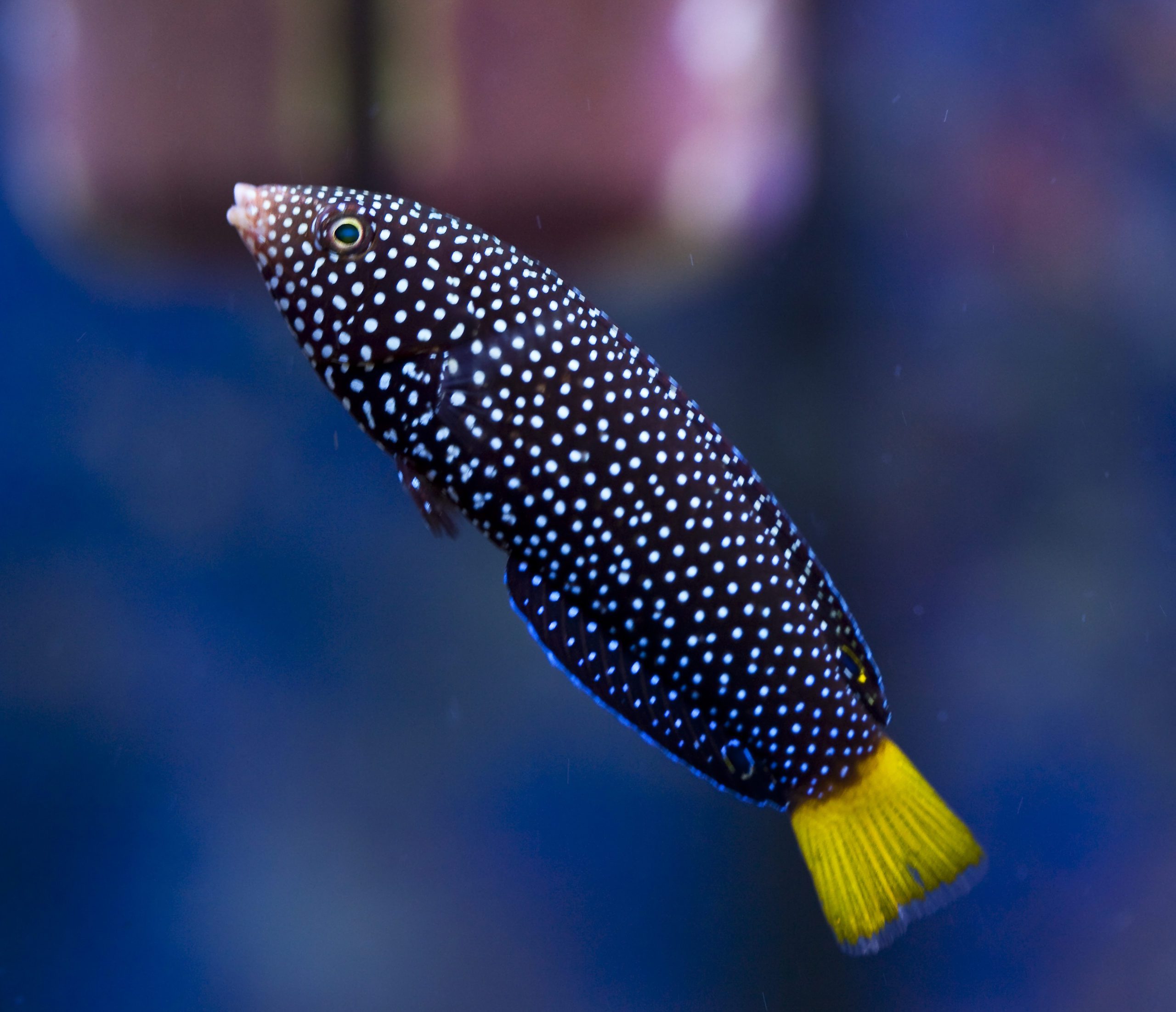
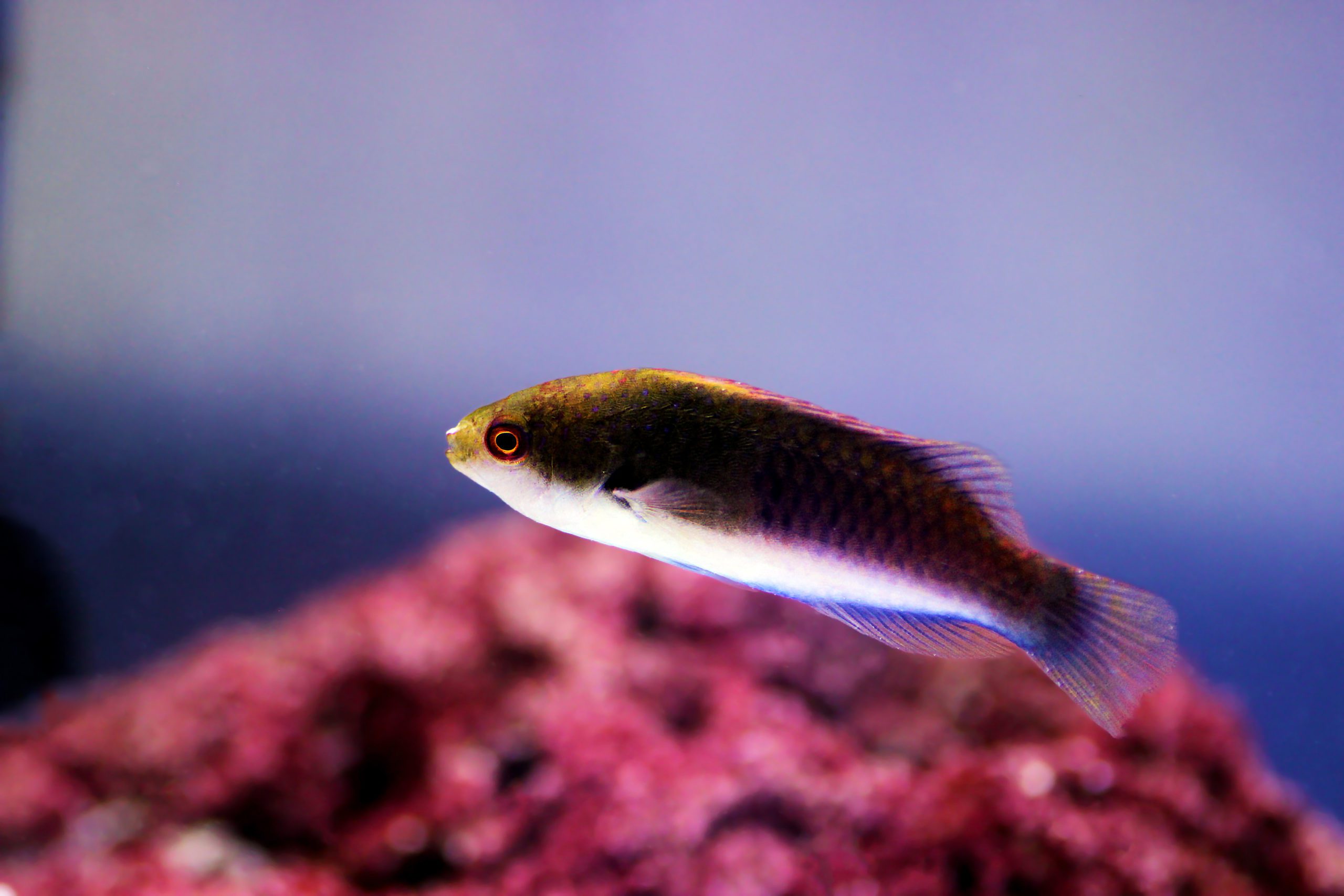
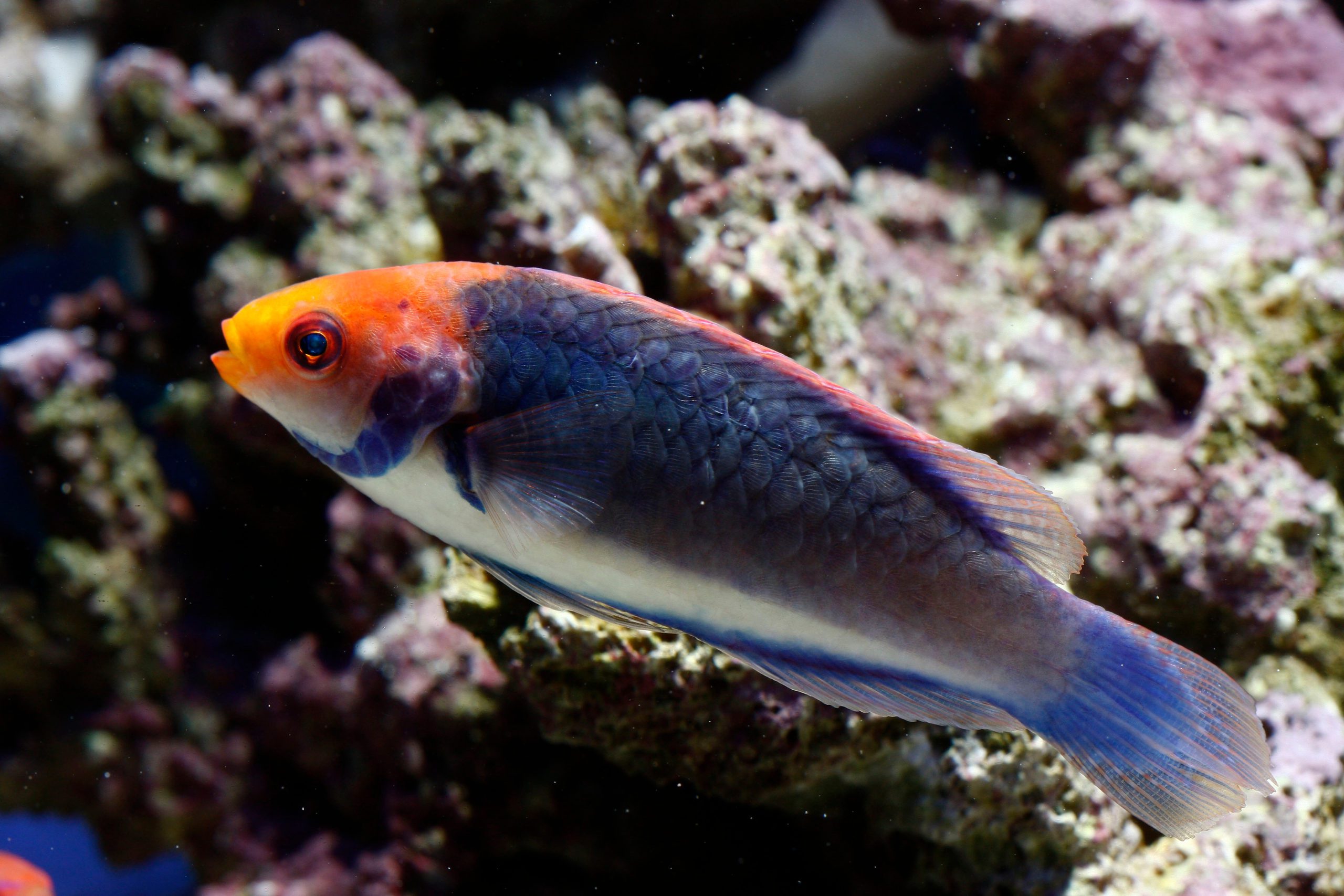
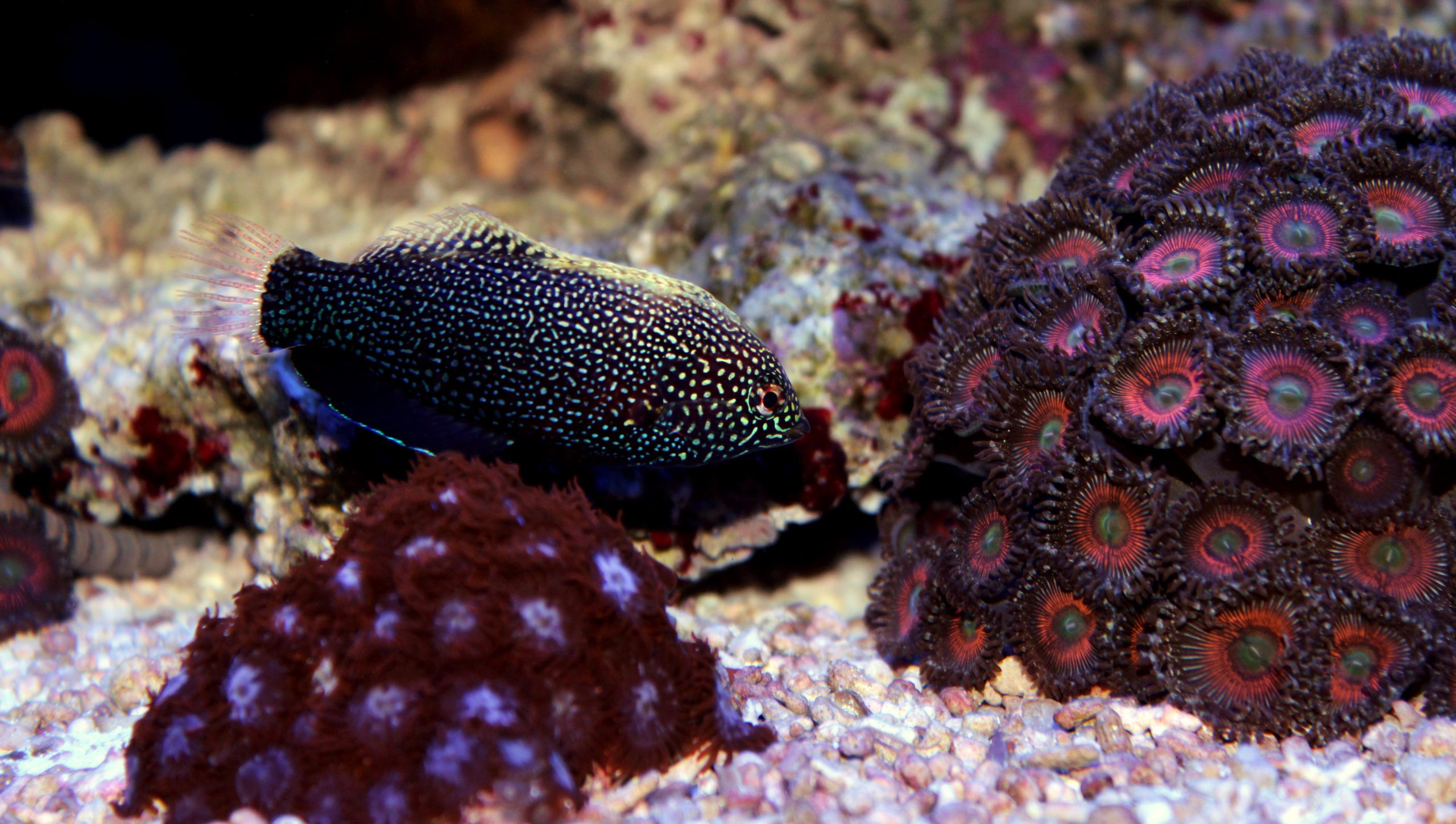

Reviews
There are no reviews yet.